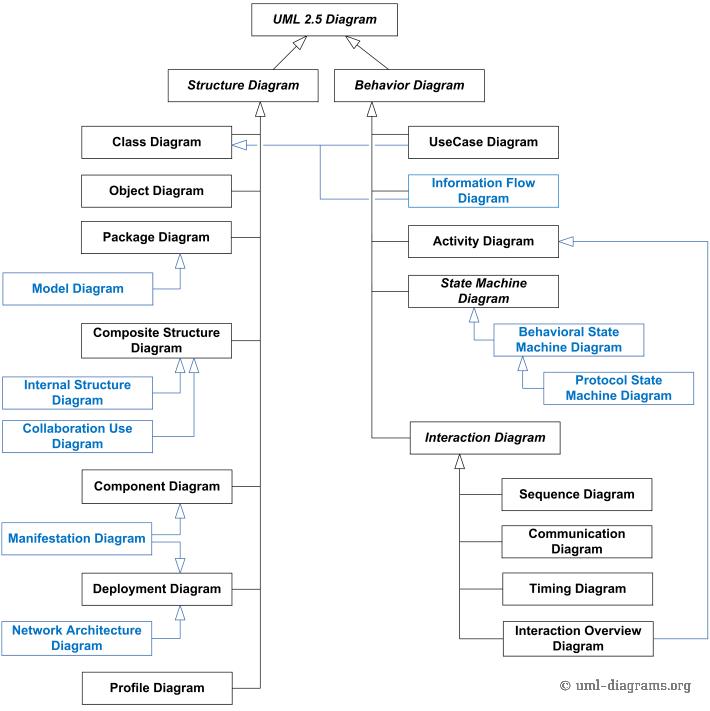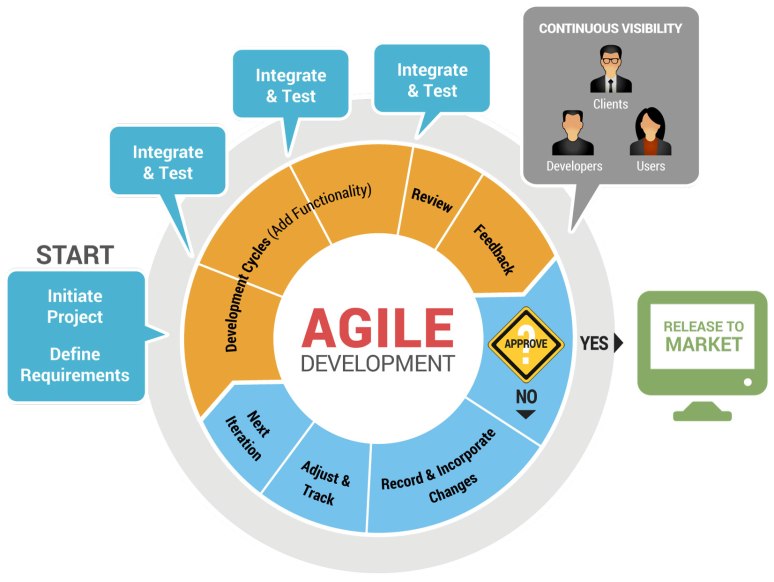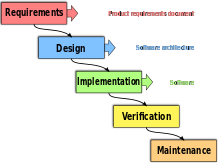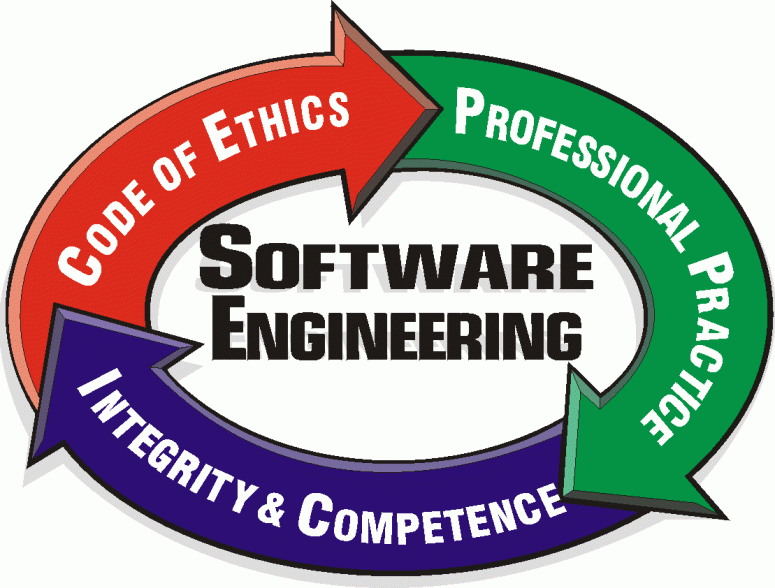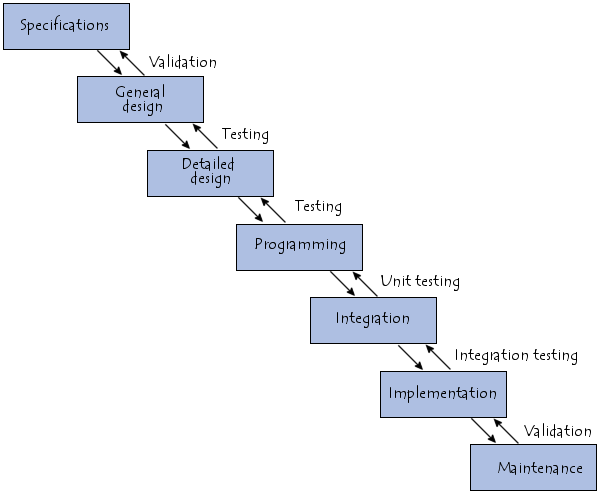The software architecture of a program or computing system is a depiction of the system that aids in the understanding of how the system will behave. The architecture is the primary carrier of system qualities such as performance, modifiability, and security, none of which can be achieved without a unifying architectural vision.
Is the process of defining a structured solution that meets all of the technical and operational requirements, while optimizing common quality attributes such as performance, security, and manageability. It involves a series of decisions based on a wide range of factors, and each of these decisions can have considerable impact on the quality, performance, maintainability, and overall success of the application.

The Principles of Architecture Design
Your design will generally need to evolve during the implementation stages of the application as you learn more, and as you test the design against real world requirements. Create your architecture with this evolution in mind so that it will be able to adapt to requirements that are not fully known at the start of the design process.
Consider the following questions as you create an architectural design:
- What are the foundational parts of the architecture that represent the greatest risk if you get them wrong?
- What are the parts of the architecture that are most likely to change, or whose design you can delay until later with little impact?
- What are your key assumptions, and how will you test them?
- What conditions may require you to refactor the design?
Key Architecture Principles
- Build to change instead of building to last. Consider how the application may need to change over time to address new requirements and challenges, and build in the flexibility to support this.
- Model to analyze and reduce risk. Use design tools, modeling systems such as Unified Modeling Language (UML), Continue reading "What is software architecture?"



